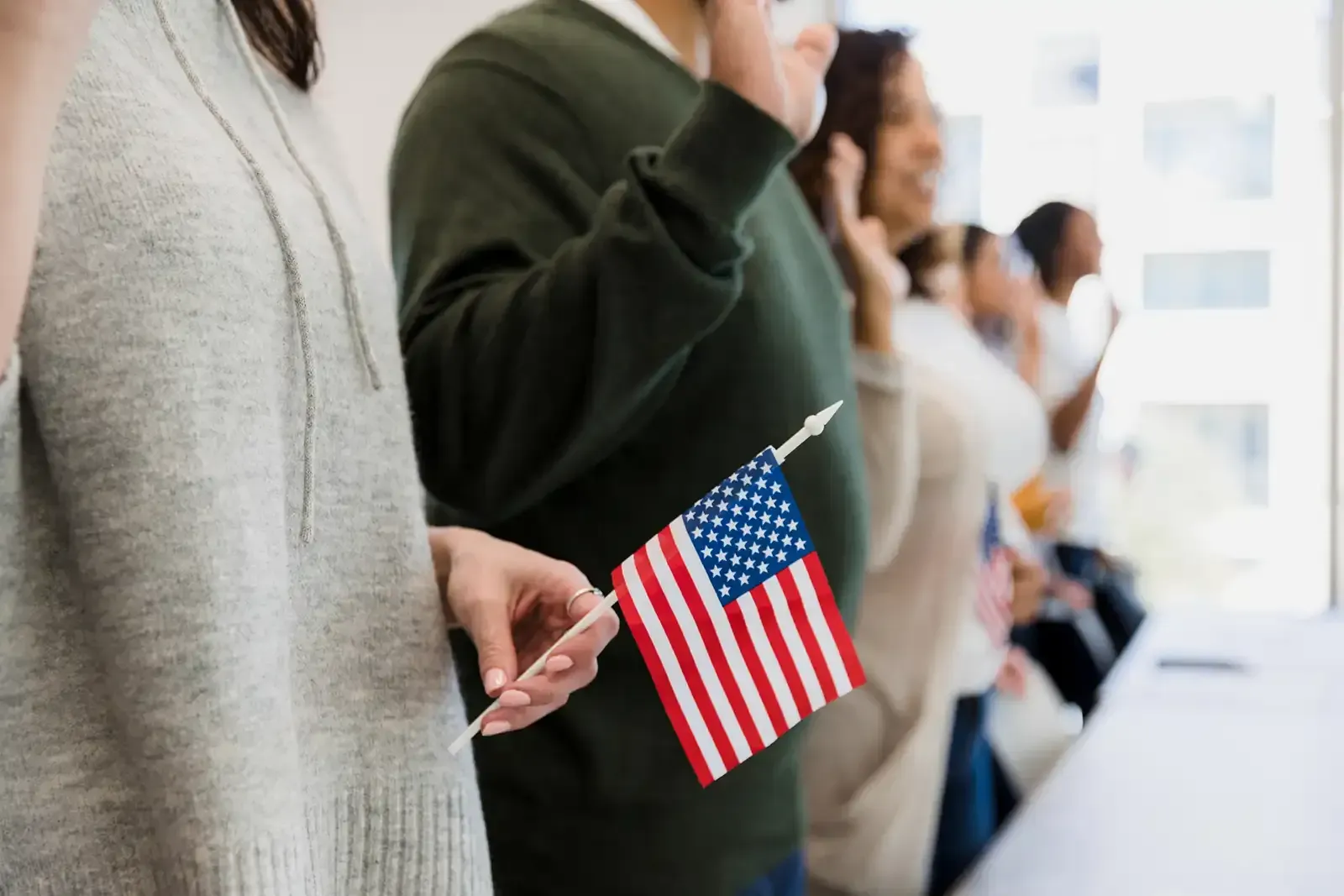Love Without Borders: A Guide to the K-1 Fiancé(e) Visa Process
Love Without Borders: A Guide to the K-1 Fiancé(e) Visa Process
Falling in love with someone from another country can be magical—but when it’s time to start your life together in the U.S., that magic meets immigration law. The K-1 fiancé(e) visa, often referred to as the “love visa,” allows U.S. citizens to bring their foreign fiancé(e) to the United States so they can marry and apply for permanent residency. It’s a powerful way to reunite couples, but like all immigration processes, it comes with challenges.
What Is a K-1 Visa?
The K-1 visa is a nonimmigrant visa issued to the foreign fiancé(e) of a U.S. citizen. It allows them to enter the U.S. for the specific purpose of getting married within 90 days of arrival. After marriage, the foreign spouse can apply for a green card through adjustment of status.
To submit a K-1 Visa Application:
- You must be a
U.S. citizen (not just a green card holder).
- You and your fiancé(e) must have met
in person within the last two years, unless a waiver applies.
- Both parties must be
legally free to marry.
- You must intend to marry within
90 days of your fiancé(e)’s entry into the U.S.
The Process: From Petition to Wedding Bells
- File Form I-129F (Petition for Alien Fiancé(e))
The U.S. citizen starts by filing this petition with USCIS. It proves the relationship is genuine and that both parties intend to marry. - USCIS Review and Approval
Once approved, the case moves to the National Visa Center (NVC) and then to the U.S. Embassy or Consulate in your fiancé(e)’s country. - Fiancé(e) Visa Interview
Your fiancé(e) attends an interview, brings supporting documents, and undergoes a medical exam. If all goes well, the K-1 visa is issued. - Arrival in the U.S. and Marriage
Upon arrival, the clock starts ticking—couples have 90 days to marry. After marriage, the foreign spouse can apply for a green card.
Common Struggles and Delays
While the K-1 visa is a hopeful journey, it isn’t always smooth. Common issues include:
- Proving the relationship is legitimate (especially for couples who met online).
- Delays due to backlogs or administrative processing.
- Incomplete paperwork leading to rejections or requests for more evidence (RFEs).
- Interview nerves—many cases are decided at the visa interview.
Working with an experienced immigration attorney can reduce errors, avoid delays, and give you peace of mind.
What You Can Do to Prepare
- Keep documentation: Save travel records, photos, messages, and proof of your relationship.
- Plan ahead: Some countries have long wait times for interviews or medical exams.
- Be honest: Never fake evidence—consular officers are trained to spot red flags.
- Get legal help: Work with Wheeler Law’s experienced legal team to guide you through the process.
Love may be the reason—but preparation is the key. The K-1 visa is a beautiful opportunity to start a life together in the U.S., but it’s a legal process that requires careful attention. If you're ready to bring your fiancé(e) home, start the journey the right way—with expert guidance and a solid plan.
Wheeler Law is available to answer any other questions you may have, and/or help you take the next steps to your, or your loved ones, future. At Wheeler Law, we find creative solutions to break down the barriers holding you, or a loved one, back from obtaining legal status in the United States. Call us now to schedule a consultation: (602) 586-5625.
Follow us on
social media
for more immigration updates.







